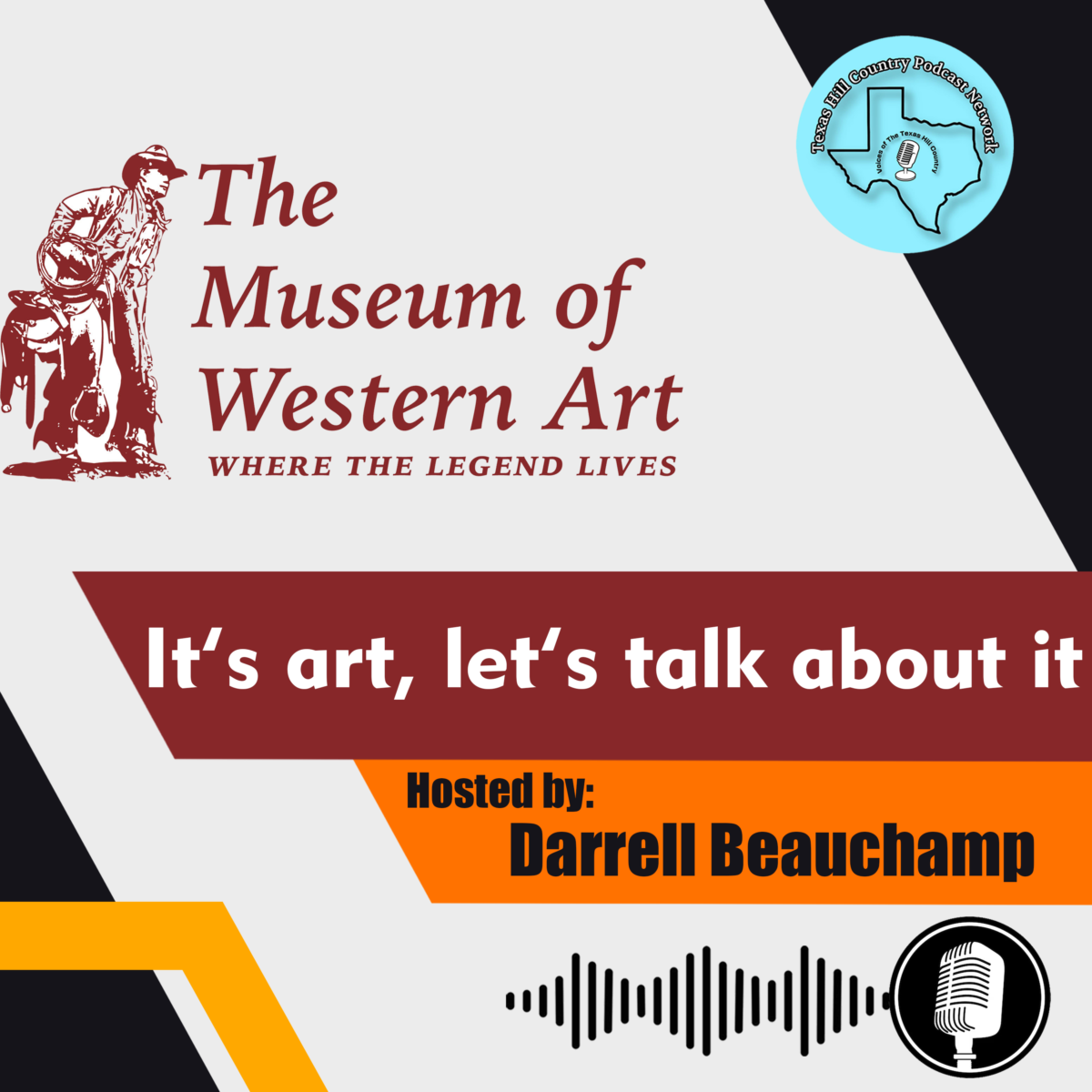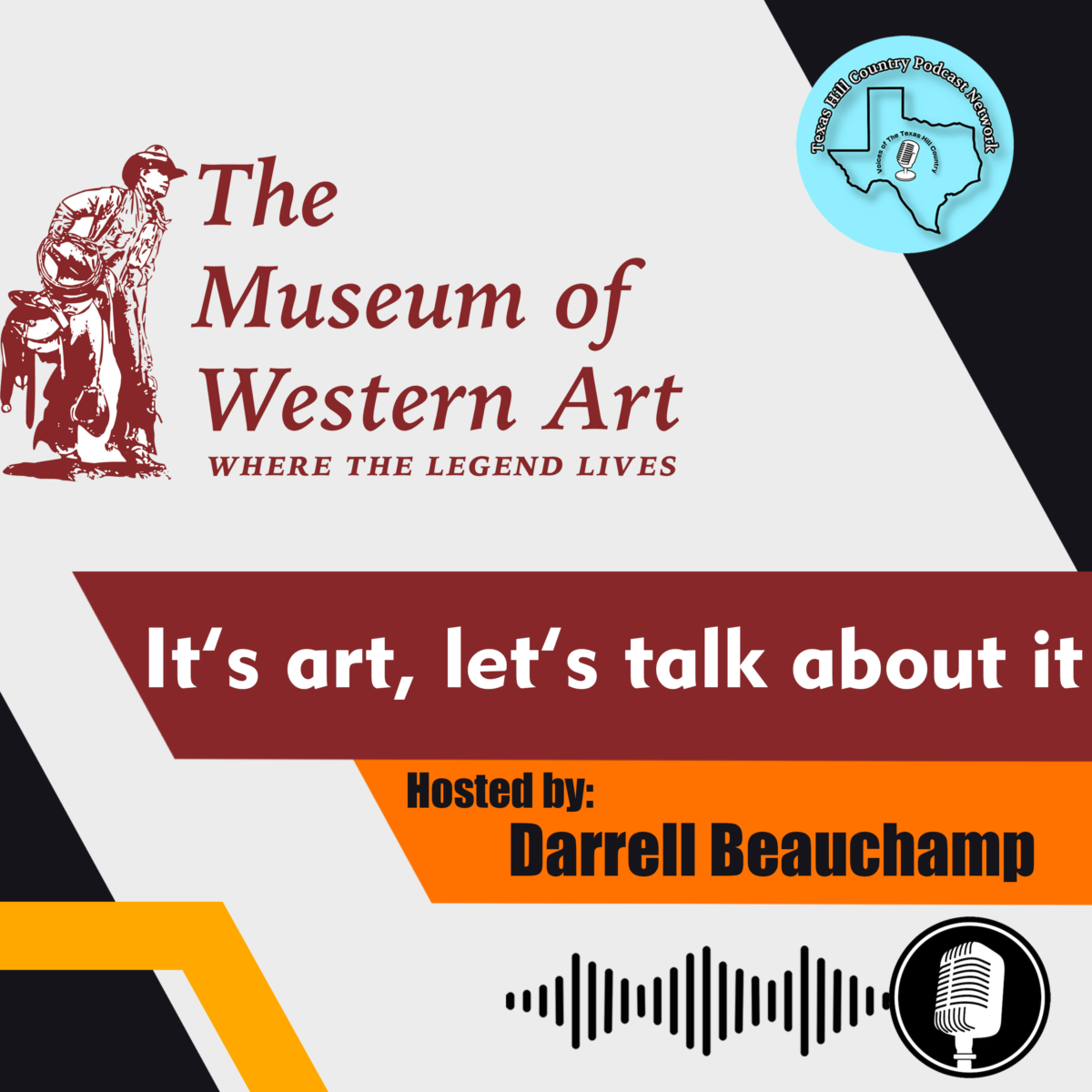The Museum of Western Art is dedicated to excellence in the collection, preservation, and promotion of Western Heritage and the education and cultural enrichment of our diverse audiences. The Museum serves as a bridge between the past and the present, ensuring that the legacy of the American West will be preserved for the future. Western Art is as engaging and important as ever. In this podcast series, Museum Executive Director Darrell Beauchamp visits with the artists who work in this Western heritage to talk about their work, the legacy of Western Art, and why talking about it is so important today. In this episode, Darrell visits with Utah artist Rick Kennington.
Utah painter Rick Kennington has captivated art enthusiasts with his unique blend of contemporary cowboy scenes and Utah’s pioneer history. In a recent episode of the podcast “It’s art, let’s talk about it,” hosted by Darrell Beauchamp, Kennington shared his journey from a career in parks maintenance to becoming a full-time artist. With the support of his wife and the encouragement of early collectors, Kennington made the transition and has since become a prominent figure in the art world.
Kennington’s artistic style has evolved over time, drawing inspiration from various artists and the Western genre. He is particularly drawn to artists who can paint accurately and representational art, while still creating a sense of effortlessness and minimal brushwork. His aim is to create artwork that is both recognizable and pleasing to the eye.
One of the fascinating aspects of Kennington’s artistic process is his ability to work on multiple pieces simultaneously. He typically has three paintings at different stages of completion, allowing him to explore different ideas and techniques. Additionally, he has hundreds of sketches and drawings that serve as inspiration for future works. Sometimes, a simple sketch can evolve into a full-fledged painting, showcasing Kennington’s continuous learning and experimentation.
Throughout the podcast episode, Kennington emphasizes the importance of hard work and dedication in his artistic journey. He believes that the harder he works, the luckier he becomes, constantly striving to improve his skills and create better paintings. This mindset is evident in his approach to his art, always looking for ways to refine his technique and evoke emotion in his viewers.
Kennington’s artwork has been showcased in various exhibitions, including the 40th Annual Roundup Exhibition and Sale at the Museum of Western Art. His paintings can also be found on his website, RickKennington.com, where art enthusiasts can explore his portfolio and learn more about his creative process.
The podcast episode concludes with Beauchamp expressing his excitement for Kennington’s future in the art world. He encourages listeners to visit Kennington’s exhibitions and follow his career, as he believes it will be a joy to watch his artistic journey unfold.
In summary, Rick Kennington’s transition to Western-inspired artistry in Utah is a testament to his passion, dedication, and continuous growth as an artist. His ability to balance contemporary cowboy scenes with Utah’s pioneer history showcases his versatility and artistic range. As Kennington continues to evolve and refine his style, art enthusiasts can look forward to witnessing the next chapter of his artistic journey.
Resources:
Darrell Beauchamp on LinkedIn







